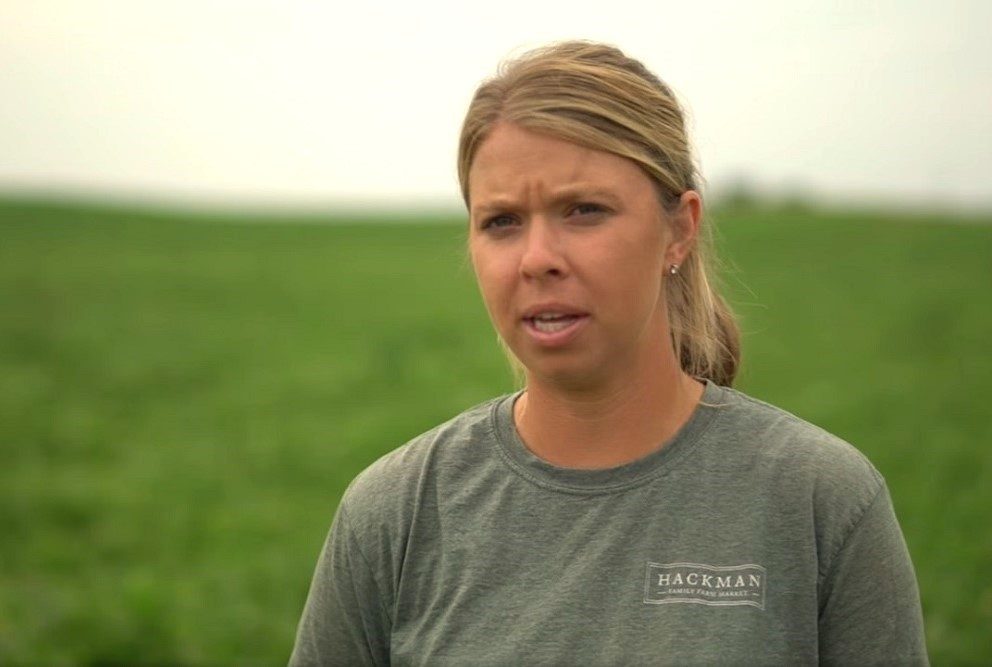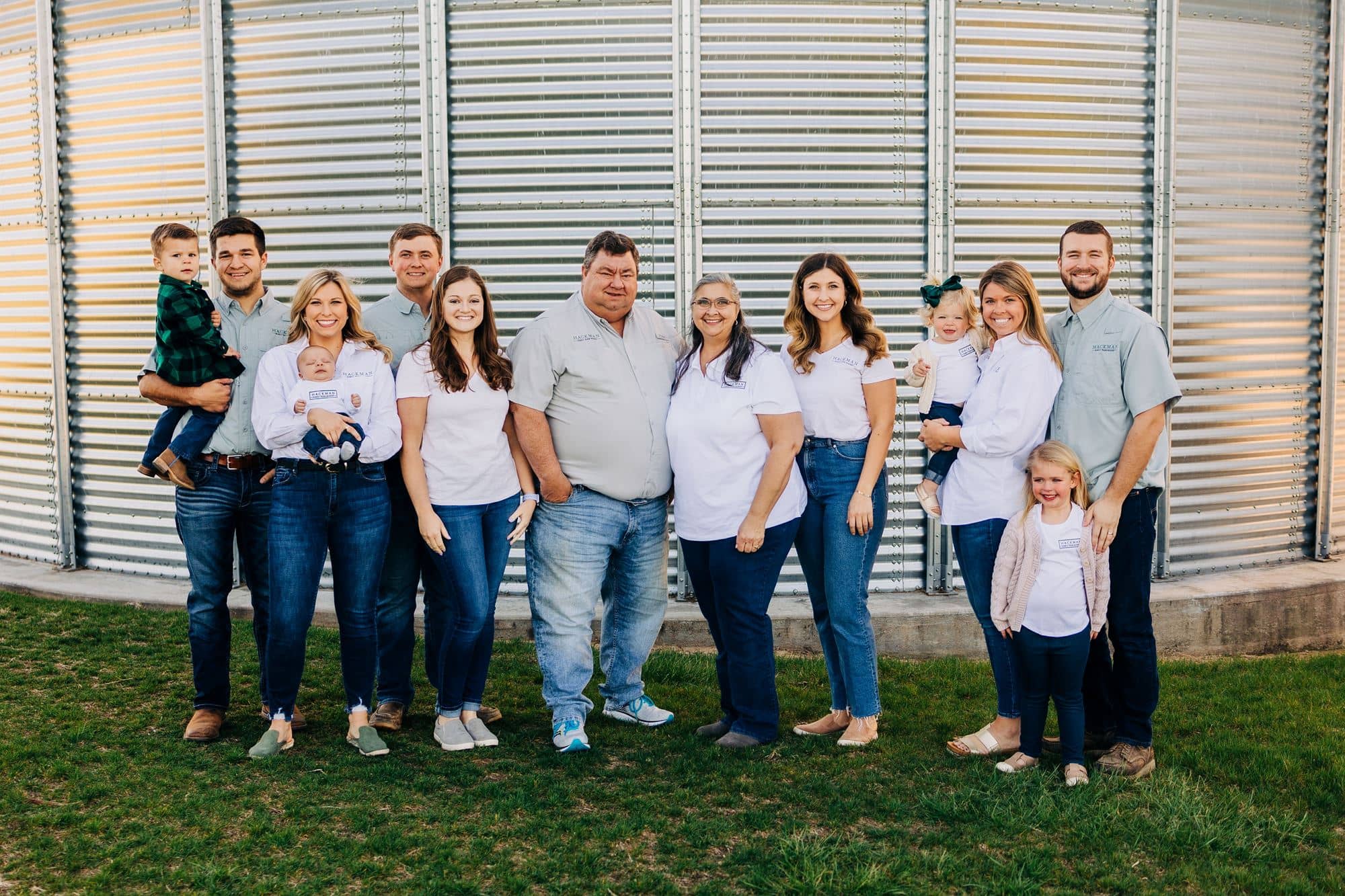
Farm labor reform has been a top priority for many Indiana farmers, ag businesses, and farm policy organizations.
Hoosier Ag Today recently spoke with Megan VanLiew with Hackman Family Farm Market south of Brownstown in Jackson County. She shared her family’s story about the struggles they are facing with the current H-2A program.
“Of course, if there were 100 people living in Jackson County who would be willing to pick watermelons and knew how to do it, I would for sure be using them, because at this point, the H-2A program is a pain in the rear, but I can’t. I don’t have that option,” says Megan.
She says her family farm depends on immigrant labor to help harvest over 300 acres of watermelons and other produce on their farm.
The first issue with the current H-2A program is that the workers’ visas are good for only nine months at a time.
“What happens is those farmers have to file then for multiple petitions. With every worker comes a new petition every nine months. What [farmers] have to do is multiple petitions because they need those farm workers to overlap as well,” according to Megan. “It’s adding extra costs, not only for the farmer, but it’s adding extra cost to the government because they’re doing more paperwork, and it’s costing extra time and effort for the employee as well because then they have to find new work every nine months.”
The second big issue is the Adverse Effect Wage Rate (AEWR), which is the minimum wage that each state must pay their immigrant ag workers. That rate set, not by each state, but by the U.S. Department of Labor. They have different rates for different regions across the U.S.
“Currently, we’re paying $19.57 per hour in Indiana. Kentucky, which is in a different region, is only paying $15.87 an hour, so Indiana’s farmers are using the exact same labor, but they’re competing with Kentucky’s farmers with a $3.70 per hour difference. How do you budget for that when the price hasn’t changed and the other people who are harvesting at the exact same time can do it for less?”
Indiana, Illinois, and Ohio have second-highest Adverse Effect Wage Rate after California, which is $19.97 an hour. Throughout the continental U.S., Arkansas, Mississippi, and Louisiana all have the lowest rate at $14.83 an hour.
In addition, employers are also responsible for all housing costs for H2-A workers in addition to wages, as well as the cost of travel into and out of the country.
Overall, Megan says she and her family are being squeezed simply by going through all the right legal channels for obtaining farm labor.
“The limits of this program are really showing through, and we’re really asking for lawmakers to come together with policymakers to find a solution for us to make it easier to do the right thing, which is to follow the rules and to do it the way it’s supposed to be done so we can avoid any illegal workforce competing with local workforce. We don’t want that,” says Megan.
She encourages Hoosier farmers and ag businesses to reach out to your Congressional lawmakers—including U.S. Senators Todd Young (R-IN) and Jim Banks (R-IN) to let them know that the H-2A Visa program, which was set up during the Reagan administration, needs to be revised.
CLICK HERE to find the map to locate your Congressional representative in Indiana.
CLICK BELOW for Hoosier Ag Today’s radio news report.
CLICK BELOW to hear the full conversation with Megan VanLiew with Hackman Family Farm Market in Jackson County, as she discusses the issues her family has faced with the current H-2A Visa program.






